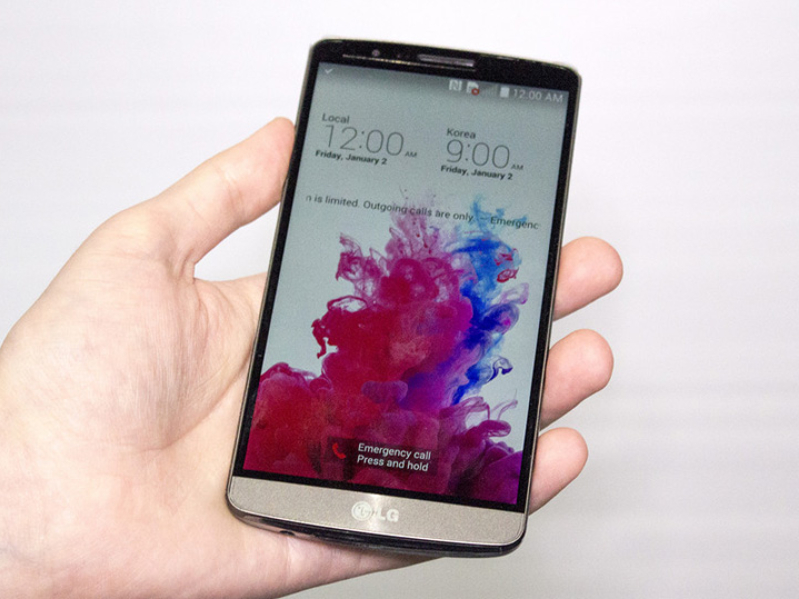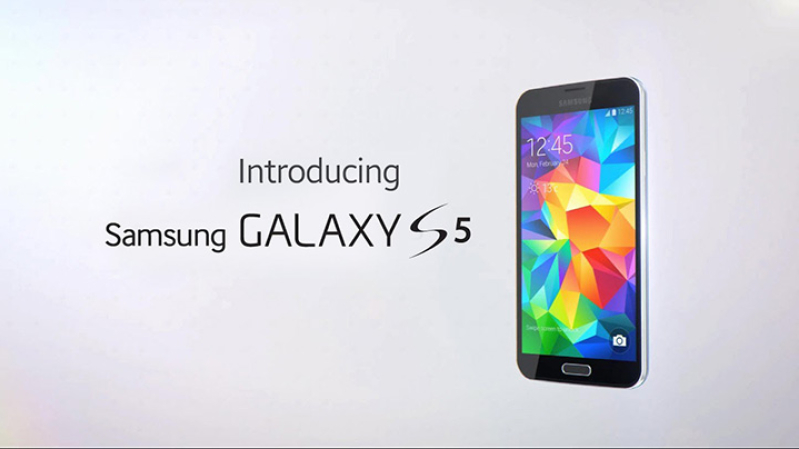

Android lovers have begun comparing the LG G3 and Samsung Galaxy S5, ever since the G3 was unveiled in late May.
In many respects, this is inevitable because both flagship smartphones hail from South Korea, which has developed a reputation for producing exemplary mobile devices.
So, here is an in-depth look at for both flagship devices that may help readers with purchasing decisions:
Display and Dimension
This is often the first thing that buyers consider in a mobile device. Both the G3 and Galaxy S5 smartphones are protected by a layer of Gorilla Glass 3 coating on the display screen.
Samsung has already developed a reputation for setting the standard regarding displays. The Galaxy S5 has a 5.1-inch AMOLED display with 1080x1920 resolution.
In contrast, LG G3 has a 5.5-inch True HD-IPS display that is 1440x2560, which is appreciatively larger than what is being offered by its rival Samsung. Still, larger screens mean larger sizes.
The LG G3 is 8.9 mm thick with a dimension of 146.33 x 74.6 mm, while the Samsung Galaxy S5 measures at 142 x 72.5 mm with an 8.1 mm thickness.
Naturally, the LG mobile device is heavier and weighs in at 149 grams (5.62 oz). The Samsung flagship device, on the other hands, weighs 145 grams (5.11 oz).
Processor and Operating System
Both the LG G3 and Samsung Galaxy S5 share the powerful Qualcomm Snapdragon 801 processor chip, the quad-core Krait 400 CPU that is clocked at 2.5 GHz, and the Android 4.4 KitKat operating system. In other words, the two mobile handsets are evenly matched in regards to performance.
Regarding memory use, the G3 has 3 GB RAM while the Galaxy S5 only has 2GB RAM.
LG uses its own customized Android UI for the G3, and has introduced Smart Notice, which is a new service that acts as a personal secretary. Amongst its duties, Smart Notice may ask users to return missed calls, or give useful advice on which unused apps to delete. The feature will also give useful input for actions under special circumstances, such as reminding users to carry an umbrella on rainy days.
The Galaxy S5 comes with the Samsung proprietary TouchWiz UI, which has a number of features that include Dual Shot or Dual Video, Smart Stay, Smart Alert, Download Booster, and Ultra Power Saving Mode. For security, users can use the Private mode to hide apps or files, and make PayPal payments using the fingerprint sensor.
Camera
True to any flagship, the camera feature for both the G3 and Galaxy S5 packs a host of bells and whistles. Both devices are capable of filming simultaneous HD video and image recording, geo-tagging, face detection, LED flash, and HDR. Both can be used to record 4K videos at 30 fps.
The LG G3 has 13-megapixel for its rear camera, and 2.1-megapixel for the front-facing camera. The phone is also capable of manual selective focus or laser autofocus. The G3 is reportedly the first smartphone to be using such kind of autofocus.
Even so, the Galaxy S5 holds the slight advantage with its 16-megapixel rear-facing camera and second 2-megapixel front-facing camera. Given that the Samsung Galaxy S5's camera has a large megapixel capacity, it comes as no surprise that the Galaxy S5 wins in the area of image clarity and representation.
Memory
Storage capacity is another thing that should not be overlooked when deciding on a smartphone due to the modern users' need to store more media that includes music, video, photos, and apps. LG's G3 has 16 GB worth of internal storage, which is further augmented by a slot that can hold a micoSD card of up to 128 GB. Samsung's Galaxy S5 comes with either 16 or 32 GB of storage space.
To augment storage capacity, both the Galaxy S5 and G3 have slots that can hold microSD cards of up to 128 GB.
Battery Life
For all their capabilities, smartphones are only as good as their battery life when in use. The LG G3 uses a 3,000 Li-on mAh battery, and the Samsung Galaxy S5 uses a Li-on 2,800 mAh battery.
Various tests have shown the G3 has a battery life of around 48 hours under moderate use, while the Galaxy S5 can only muster 36 hours of life under similar conditions.







